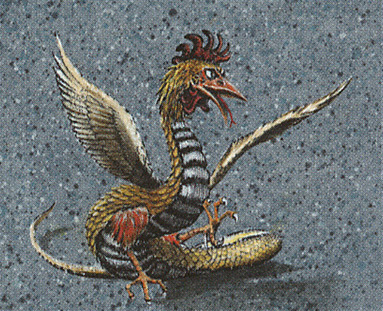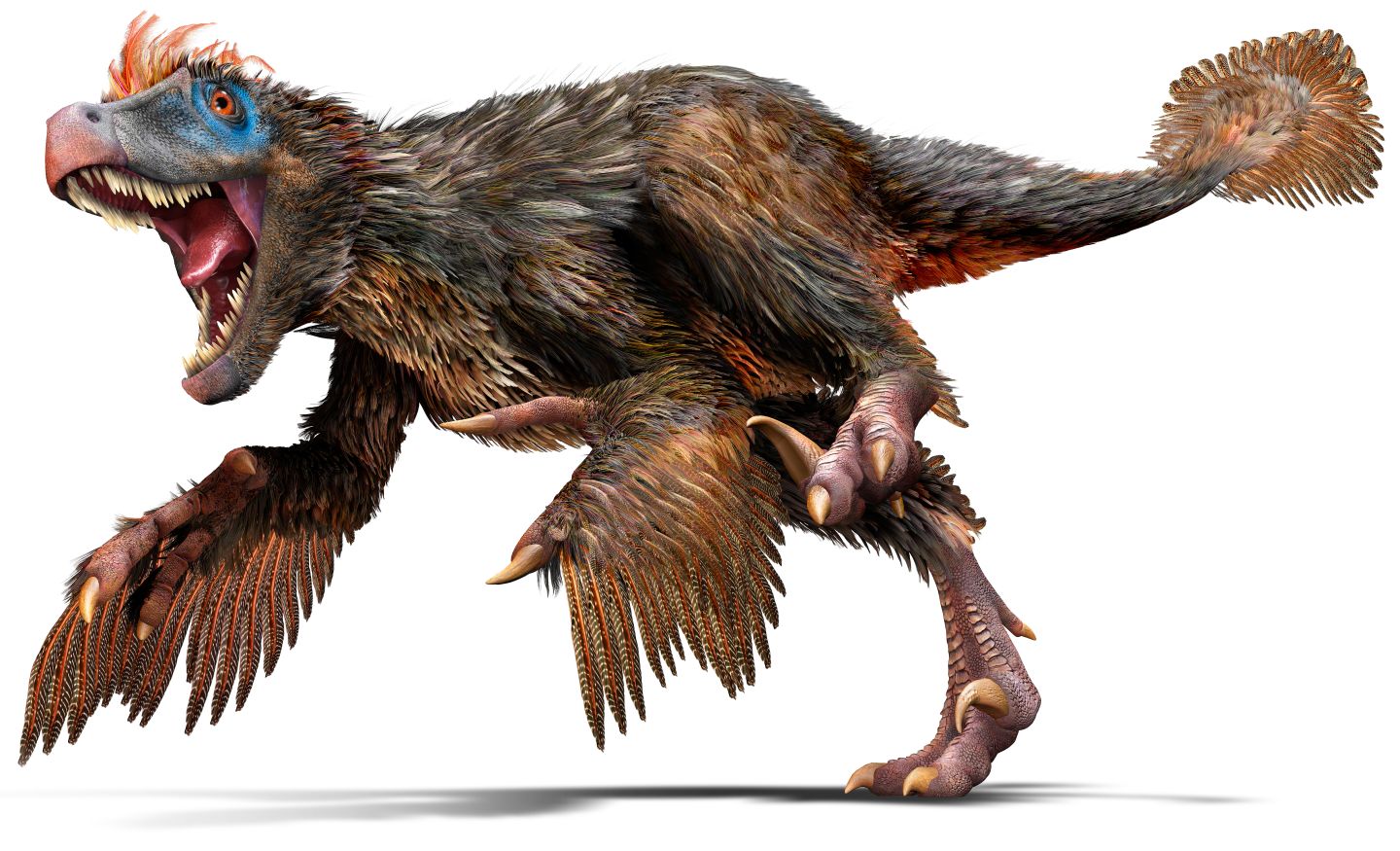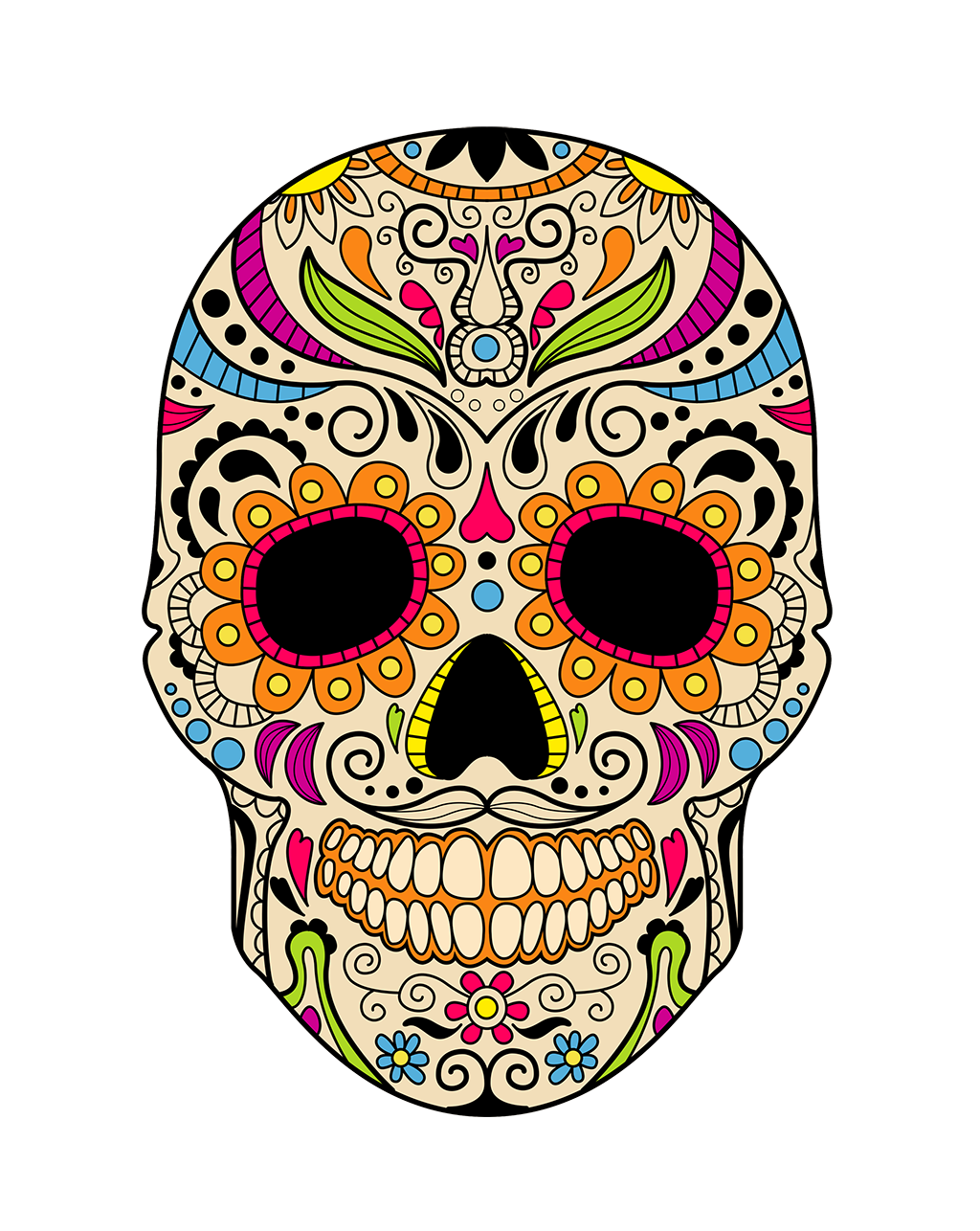Were Basilisks and Cockatrices Real?
In a previous post, I wrote about the existence of unicorns. Today, I'm going to explore the possible existence of the
Cockatrice, also called a Basilisk.


The Cockatrice

This is an image of the Cockatrice from the card game Magic: The Gathering, drawn by artist Dan Frazier. Popular as an enemy in fantasy games, the Cockatrice usually has a few key characteristics: feathers, dragon-like shape, wings, and a reptilian body.
Millennials would be most familiar with the Basilisk through the Harry Potter series. In the book Harry
Potter and the Chamber of Secrets, a fearsome and gigantic serpent called a Basilisk roams the halls of
Hogwarts, instantly killing anyone who makes eye contact with it. In mythology, the Basilisk was also known as a
Cockatrice. Here he is described in Bulfinch's Mythology:
This animal was called the king of the serpents. In confirmation of his royalty, he was said to be endowed with a crest or comb upon the head, constituting a crown. He was supposed to be produced from the egg of a cock hatched under toads or serpents. There were several species of this animal. One species burned up whatever they approached; a second were a kind of wandering Medusa's heads, and their look caused an instant horror, which was immediately followed by death.
In a later paragraph he quotes Pliny the Elder:
The Roman naturalist Pliny thus describes him: "He does not impel his body like other serpents, by a multiplied flexion, but advances lofty and upright..."
Were They Real?
But did they exist? Were they real like the unicorns?
Well, about that...you know how scientists have recently been saying that dinosaurs had feathers?

I think there's more than sufficient reason to at least not rule out their existence entirely. Described in
mythology as a cross between serpents, toads, and chickens, the Cockatrice bears more than a passing
resemblance to the modern concept of feathered dinosaurs.
Maybe dinosaurs roamed the earth alongside humans. Instead of being called dinosaurs, they were called Cockatrices and Basilisks. The mythology even states that there were many different species of Basilisks, as there were different species of dinosaurs.
Comments:
Leave a Comment
Submit

